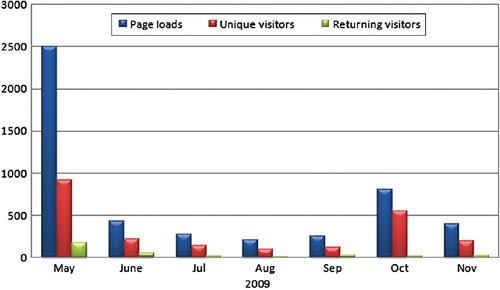Figures & data
Table 1 Project partners for the Qanuqtuurniq—finding the balance television series.
Table 2 The table shows the groupings of participants and their numbers corresponding to each of the three television programmes of the series, including pre-live (before the broadcast), live (during the broadcast) and post-live (during the participatory evaluation). Checkmarks indicate that the group in question worked across all three shows, and/or in pre-live, live and evaluation phases. Nongovernmental organization staff assistance to management, research and evaluation, stakeholder input, and technicians who worked on production and post-production, amounting to approximately 70 people, were excluded from the table. Artists and actors in previously produced public service announcements and musical performances are not included, and neither are people other than interviewees who appeared in footage shown on the programmes. Viewers of the live television shows and recipients of the DVDs distributed afterward are not included.
Fig. 1 The figure shows visits to the website InuitWellness.ca from May (including the three broadcast days) to November 2009 (Johnson Citation2009). Between May and November 2009, more than 2200 people looked at the website, visiting more than 5000 pages of information about the topics discussed on the programmes. For the live web stream, there were 190 page loads for the men's health show, 535 for the maternity care show and 635 for the youth show. A film festival in Ottawa, in connection with the International Polar Year, took place on 29 September 2009. Vignettes from the youth episode were featured at the festival, which may account for the spike in web activity during October. Most of the visitors were from Canada (more than 80%), but there were also visitors from the United States (12%) and at least a dozen other countries, including Greenland, Denmark, Sweden and Russia (no further data on regional breakdown of visitors is available).

Table 3 The table shows what it would cost to develop a similar one-hour programme and two one-hour programmes back-to-back. Monetary values are given in estimated 2010 Canadian dollars, including taxes and less federal and provincial (Ontario) tax rebates. The basic total amount with no optional features is given separately to allow for flexible budgeting using some, all or none of the various optional communications features. All of the optional features were used in Qanuqtuurniq—finding the balance.